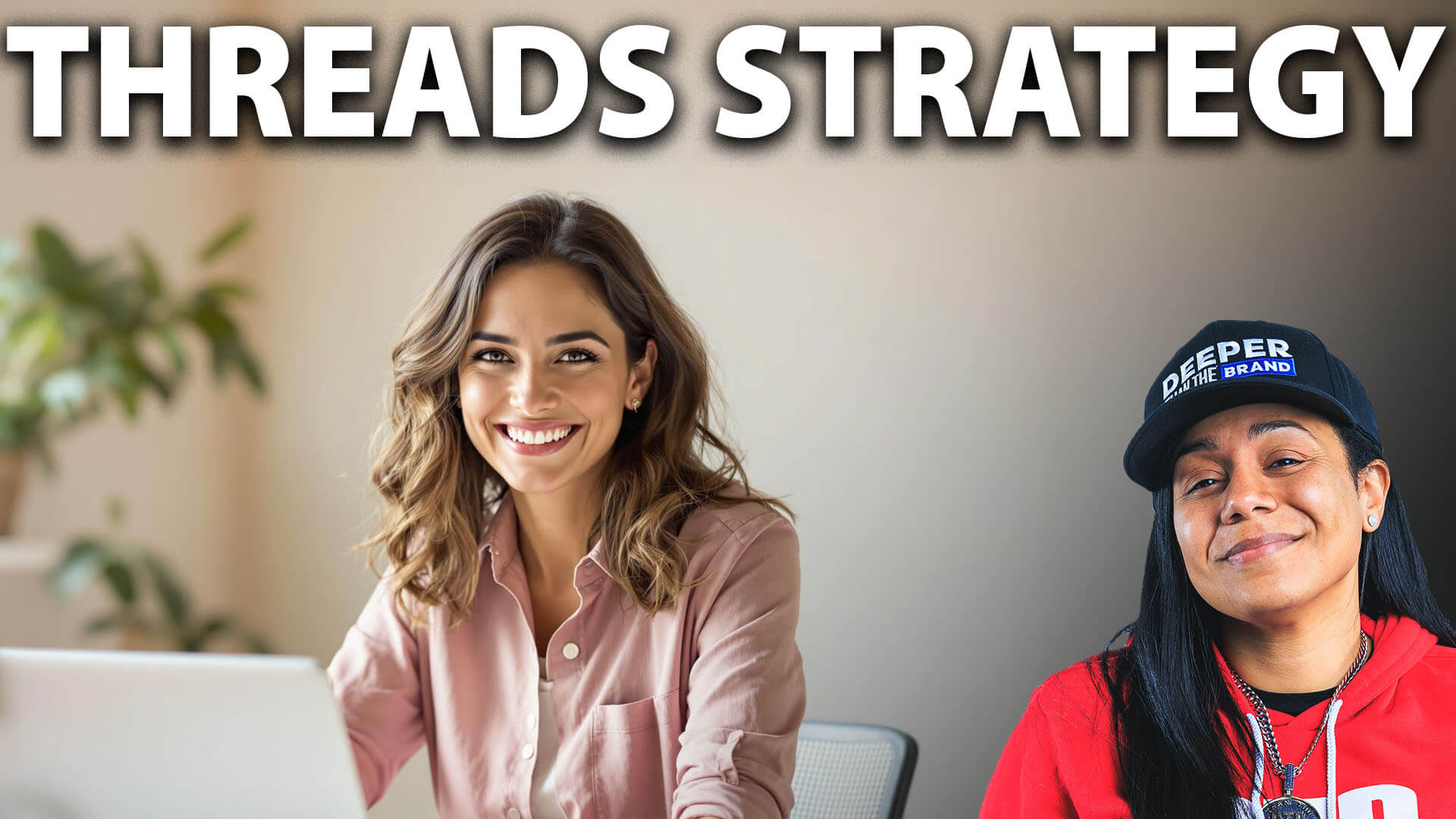Video Marketing 101: How to Build a Successful Strategy in 2025 (+ Examples & Pro Tips)
An everything guide to getting started with video marketing — from content to equipment to editing, and more. Plus, real-life examples from creators and brands to inspire you.


As a creator or brand trying to get going with video marketing it can feel like everyone else has a ring light, a script, and a multi-camera setup — and you’re still figuring out where to start.
You know what helps to remember, though? All of those folks started out exactly where you are now.
Video is a great format to explore: it helps your audience connect with you more deeply and puts a face to the (brand) name. It’s not a trend; video marketing is here to stay.
Can you succeed in your social media marketing strategy with a text-first approach? Of course. We’ve got tons of data to prove it. You don’t need to hop on the video marketing bandwagon just because everyone says so.
However, if you’re shying away from video marketing only because speaking to the camera gives you fear tingles, I have a bumper guide here to make it less intimidating. We’ll unpack questions like:
- How do you get started with video marketing?
- How to create high-quality videos that perform well?
- How do you publish video content consistently without burning out?
I also share examples of my favorite creators and brands who are acing video marketing, so you have creators to look to for inspiration!
How to build a video marketing strategy in 7 steps
Video marketing can be overwhelming. But it becomes easier when you take one step at a time. You don’t have to learn and do it all in one day. Here’s a step-by-step process to follow for creating a successful video marketing strategy:
1. Determine how video fits into your overall social media marketing strategy
Video marketing has plenty of benefits: It helps you share authentic stories, foster a stronger connection with your audience, and become more memorable.
But don’t hop on video marketing just because everyone else is. You need to figure out how video marketing fits into your larger social media marketing strategy.
- Does it build trust with your social media community?
- Does it help build awareness by showing your products in action?
- Does it add a touch of human connection to your social profile?
- Does it help you repurpose content at scale and stay consistent with your social efforts?
Your video marketing strategy doesn’t work in a silo. Think of video marketing as a conduit to push your overall marketing strategies.
Once you determine where video marketing fits in your funnel, it also becomes easier to develop video content ideas.
For example, if you’re creating video content to build awareness about your product or service, you’ll focus on how-to videos and explainer videos. If you’re hoping to convert potential customers who are already product-aware, you might want to show off specific features and how they help solve common problems.
2. Decide which social platforms you will use for video marketing
Video content is present on almost all popular social media platforms. But that doesn’t mean you should have a video strategy for every social channel that supports it. That’s a quick road to creator burnout.
Start by focusing on social media channels where you’re already present. Would you benefit from adding video marketing to them? Beginning from a platform where you’ve already built a foothold also allows for more experimentation and quicker feedback from your audience.
Next, look at where your target audience spends most of their time. For example:
- More than half of Instagram’s users are 34 or younger.
- X (formerly Twitter) is most popular amongst the 25-34 age group.
- Facebook’s largest audience is men between the ages of 25 and 34.
- YouTube is the most popular social media channel of choice for Gen Alpha.
You want to create video content where your target audience is present and watching. If a majority of your target audience uses a social platform, it’s a good choice for your video marketing strategy.
Lastly, you want to examine which social platforms are suitable for the kind of videos you want to create.
- Instagram Reels are suitable for polished short-form videos.
- Facebook is good for long-form video content that uses storytelling.
- LinkedIn is best for thought leadership or behind-the-scenes video content.
- YouTube is best for long-form videos that require an in-depth exploration of a topic.
- TikTok videos are best for casual, off-the-cuff, and relatable short-form video content.
Learn more about which social platforms are right for you in our chat with Lindsay Gamble:
But remember that the above are general cultural preferences of the platform and aren’t set in stone. You can easily repurpose your TikTok videos for Instagram Reels, YouTube Shorts, and even Facebook Reels.
The difference in each social network isn’t so huge that you have to start from scratch for every platform. Create videos for one platform and adapt them for other networks as much as possible.
The ideal social platforms for video marketing will be a combination of the above three:
- Channels where you already have a social presence
- Channels where your target audience is present
- Channels that are suitable for your goals
For example, let’s say you’re growing your Instagram following and have an audience there. Your followers also watch Instagram Reels and TikTok videos, and your goal is to build deeper brand awareness. Then, Instagram Reels is the best choice for you to begin with.
To take it even further, choose adjacent networks like TikTok and Instagram because you can easily repackage video content made for one network for the other.
Creator, consultant, and speaker Jade Beason also recommends following your genuine interest.
“I started on YouTube because I naturally gravitate toward long-form, landscape video content. This made it easier for me to stick with it through all of the hard times, the flop errors, etc.,” she says.
“Go with the type of format you prefer, and that will tell you which platform to start with,” she adds. “TikTok is for you if you only like sharing short-form video content. If you like to have multiple formats, then maybe it’s Instagram. If it’s long-form, then it’s YouTube.”
3. Plan your content topics, video script, and content production in advance
Video campaigns require preparation before you can sit down and create the actual video. You need to figure out:
- Video production logistics (equipment, setting up your camera, etc.)
- Your content topics (for the whole video marketing campaign or just one video)
- A rough video script
Let’s break these down one by one.


































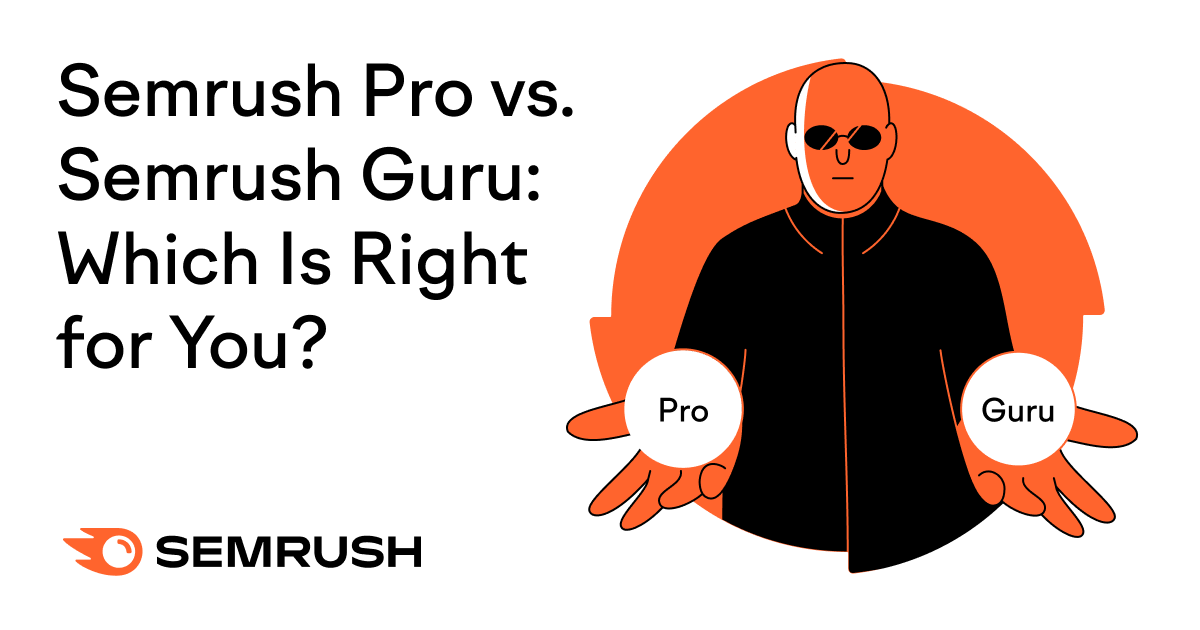



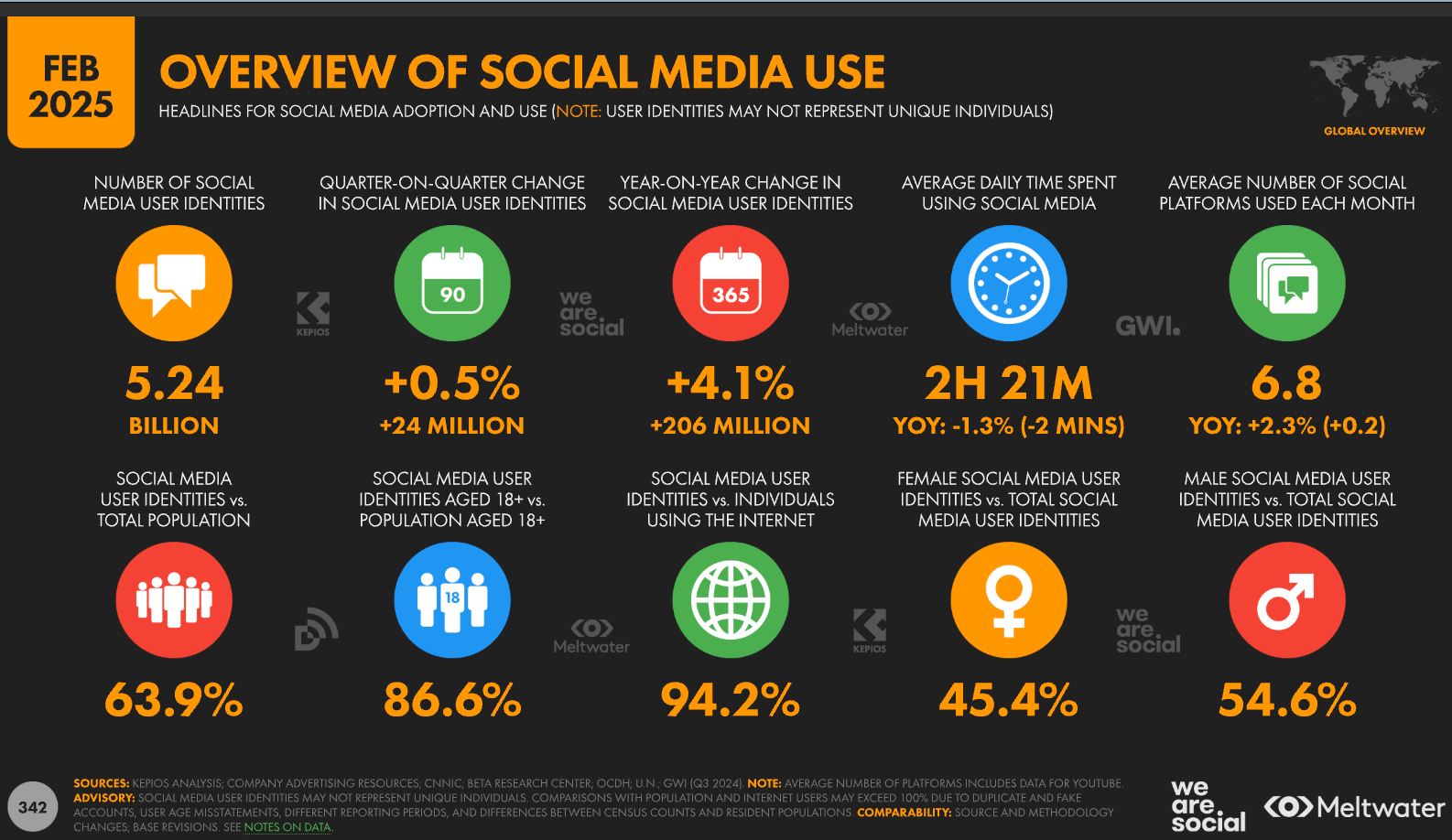












![The 11 Best Landing Page Builder Software Tools [2025]](https://www.growthmarketingpro.com/wp-content/uploads/2024/04/best-landing-page-software-hero-image-1024x618.png?#)





































![What Is Generative Engine Optimization [Tips & Workflows To Do It]](https://moz.com/images/blog/banners/What-Is-Generative-Engine-Optimization-Tips-Workflows-To-Do-It-1.png?auto=compress,format&fit=crop&dm=1745607929&s=6f75f1f02c531af0f80acb12517c8bab#)












![8 Marketing Principles You’ll Wish You Knew When You First Started [Infographic]](https://imgproxy.divecdn.com/IrFUUizSVZJGsPem_wXXddL_nQGNvo8QImauGCOQCxo/g:ce/rs:fit:770:435/Z3M6Ly9kaXZlc2l0ZS1zdG9yYWdlL2RpdmVpbWFnZS84X21hcmtldGluZ19wcmluY2lwbGVzX2luZm8yLnBuZw==.webp)
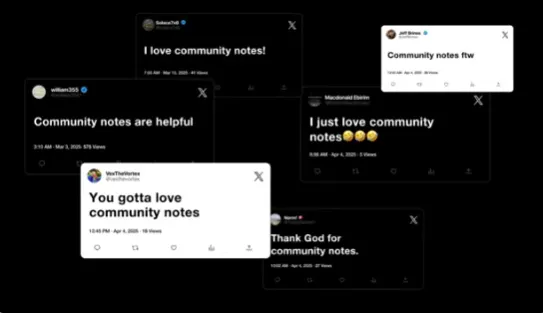
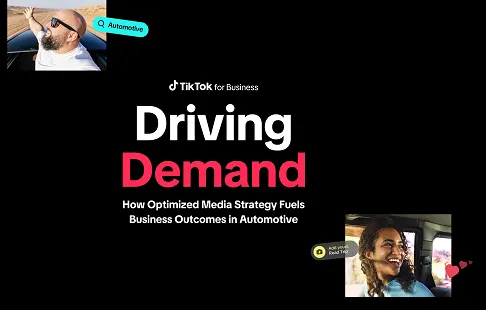












![Social media image sizes for all networks [May 2025]](https://blog.hootsuite.com/wp-content/uploads/2023/01/Social-Media-Image-Sizes-2023.png)

![X (formerly Twitter) vs. Threads: What brands need to know [data]](https://www.hubspot.com/hubfs/x%20vs%20threads.png)
![The best marketing campaigns of the year (thus far), what to learn from them, and why they worked so darn well [new data]](https://knowledge.hubspot.com/hubfs/marketing-campaigns-1-20250508-1357892.webp)





